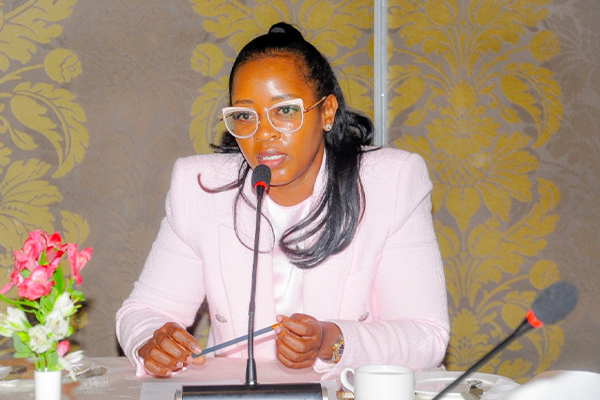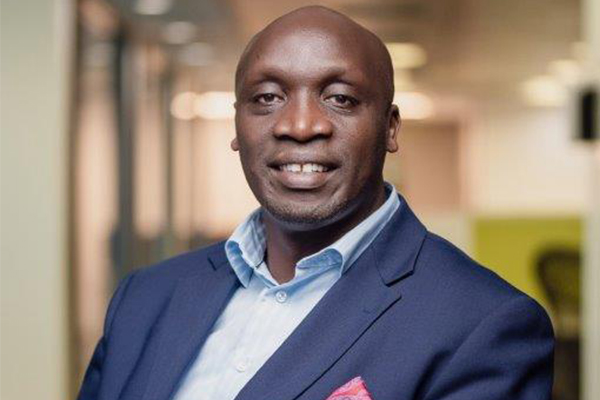Lisa Kane, Honorary Research Associate, University of Cape Town
In the early days of motoring in the US, transport historian Peter Norton tells us, people were angry. In the four years following the end of the First World War, more Americans were killed on roads than had died on the battlefields in France. Monuments were erected to crash victims in Baltimore and Pittsburgh. Detroit tolled bells of mourning and remembrance. In New York a safety march on thousands included bereaved mothers who dedicated a monument there.
Such widespread public anger is unlikely 100 years on even though the world’s roads are still deadly. Globally, more lives are lost to road deaths than to malaria or HIV/AIDS. Each year, more than 1.2 million people die in road crashes. In reality, the figure could be larger: road crash data is known to be regularly under-reported.
It’s not just about lives lost. People who don’t die in crashes may still be badly injured or permanently maimed. Globally, road traffic crashes cost most countries 3% of their gross domestic product. The World Day of Remembrance for Road Traffic Victims on Sunday 18 November is a reminder of the human tragedies behind the data.
The risk of a road traffic death are highest in the African region, at 26.6 deaths per 100,000 people. The lowest risk is found in Europe, with 9.3 deaths per 100 000.
Why is road death and injury still so prolific? Enough research has been done, verified and compiled to show which policies, regulations and technologies can radically reduce road deaths and injuries. The World Health Organisation has produced multiple guidelines that set out how nations can make their roads safer.
Some identify a lack of “political will as a key factor in road safety failures. But generalising about “political will”, while understandable, also reinforces an unhelpful categorisation. It contains an assumption that politics is separate from technical road safety and road engineering work. That somehow professionals, governments, businesses and civil society working on road safety operate in a depoliticised, “technical” realm.
Transport scholars have shown, in various cases studies and analyses, how the political and technical work hand in hand. Biases favouring one group are inherent in transport planning and engineering. Early funding allocations in the US were skewed towards highways prompted in part by the less than robust use of statistics. And seemingly independent road professional bodies have been influenced by corporate interests.
In short, road engineering, planning and use is not divorced from broader politics.
Lobbies and interests
Historical work like Norton’s about the dawn of motoring in the US reveals some of the contours of power at play. It shows who or what was able to influence roads policy and engineering norms at the beginning of motoring. Trevor Barnes points out that such norms put in place at the beginning of a discipline’s development have a particularly strong influence and are difficult to displace.
In the case of public road development, businesses lobbied to protect and promote their interests. In particular, Norton exposes the role that oil and motor industries played in propagating a very particular style of managing and engineering roads. Regarding road safety, the powerful “motordom” lobby worked to quieten concerns about the relationship between vehicle speeds and road injuries.
The link between vehicle speeds and road death and injury is now widely accepted and corroborated by research) but speed remains a poorly understood public health risk, despite strong warnings.
Now, 100 years on from the first days of motoring, can we still attribute the generally parlous state of road safety in many countries to such “motordom” interests wedded to high vehicle speeds and increasing motorisation in business interests? To some extent, we can.
The politics of roads
Present day engineering practices can be traced back to road engineering norms established in the early part of the last century. The attribution of responsibility to the “reckless” pedestrian rather than to the motorist who is driving the vehicle that’s capable of causing harm can also be traced back to these earliest days of motoring.
Historical and sociological research work on planning and engineering thus queries the idea of roads and traffic as objective, de-politicised realms of practice. Yet, the work of road safety continues for the most part to be divorced from thinking about the broader political interests that are at play in the business of roads and traffic.
Political analyses of road safety are in their infancy. Much work is still required to understand the politics of roads and road-making. But deeper interrogations of the forces holding the status quo in place are also needed.
Development scholar and author Wolfgang Sachs, as an example, writes eloquently of the car as an object of desire; the love for speed is central to its popularity. The car, he argues, promises humans a means to overcome their existential angst at slowness of life.
Peter Sloterdijk, a philosopher and cultural theorist, points to our collective “sacrifice” of 3600 children killed in road crashes each year in the name of modernity. He suggests that people’s yearning for relief from the discomforts of being human goes some way to explaining the thirst for automobility.
To accelerate change we need more broad conceptions like these. They offer tantalising possibilities for improved thinking — and acting — for road safety.
This article is republished from The Conversation under a Creative Commons license.
















